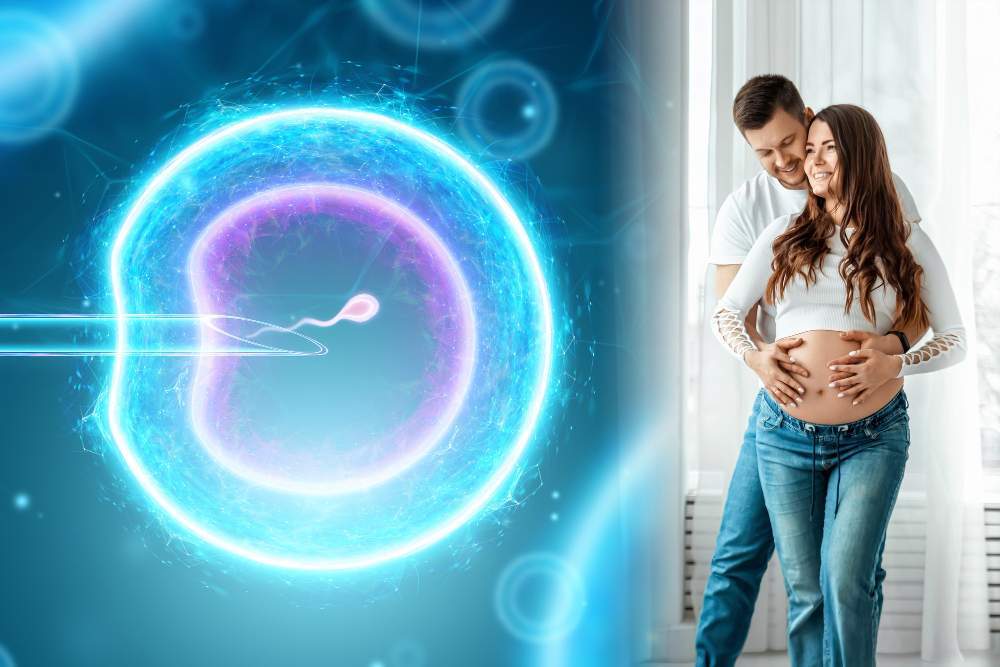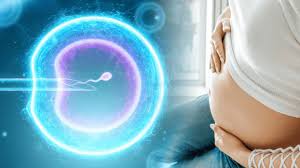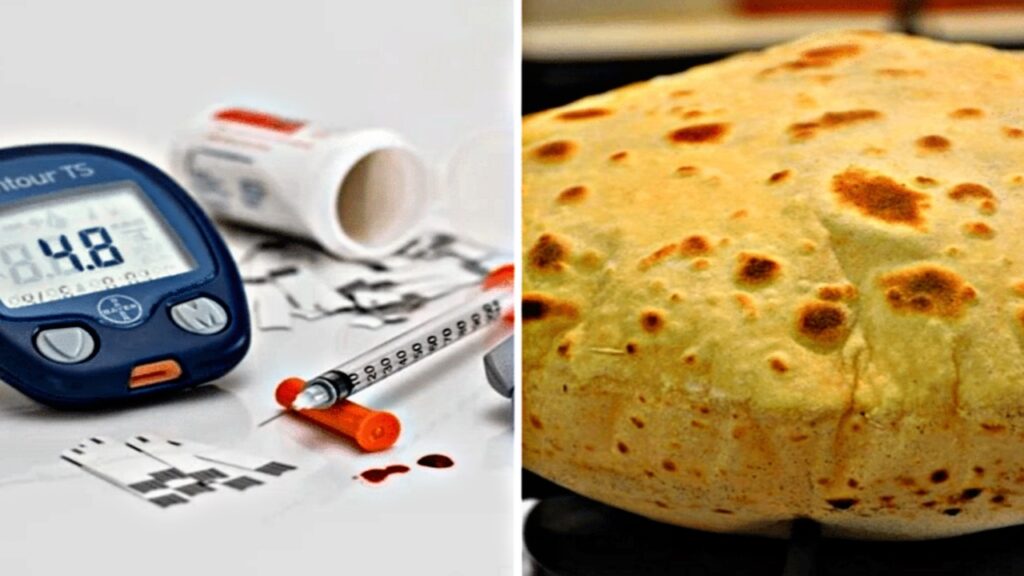Wondering how IVF works?
Understanding how IVF functions can initially seem daunting, but when broken down into steps, it transforms into an empowering and hopeful experience. IVF, which stands for In-Vitro Fertilization, is not merely a last option — it serves as a scientific remedy applicable in various fertility circumstances.
Individuals frequently seek IVF when confronted with blocked fallopian tubes, significant endometriosis, low sperm counts, or unexplained infertility instances where everything appears normal, yet natural conception does not occur.
Initial Health Evaluation Before IVF
The procedure starts with essential medical evaluations for both partners. These assessments focus on crucial systems like the liver, kidneys, thyroid, blood sugar, and hormone levels. Any identified issues are addressed beforehand to ensure the body is prepared for IVF.

Commencing Hormone Therapy
On the second or third day of the woman’s menstrual cycle, blood tests and ultrasounds are performed. Hormone injections commence to encourage the ovaries to produce several eggs. These injections are typically self-administered, similar to insulin shots.
Tracking Egg Development
Over the course of roughly 10 days, healthcare providers observe the growth of the eggs through scans and blood analyses. After determining that enough mature eggs are present, a specific injection is given to initiate their release. Egg retrieval is planned for 36 hours later.
Egg Collection and Fertilization
The eggs are harvested in a painless procedure facilitated by sedation and ultrasound guidance. This method avoids any cuts or stitches. The collected eggs are then transported to the laboratory, where they are combined with sperm. If necessary, a single sperm is injected into each egg using the ICSI technique.
Embryo Growth and Transfer
The fertilized eggs develop into embryos. These embryos are cultured in the lab for up to five days. One viable embryo is then carefully placed into the uterus, while any surplus may be cryopreserved for future use.

The Anticipation Phase and Optimism
Following the embryo transfer, couples enter a waiting phase. If the embryo successfully implants, pregnancy begins. This period intertwines medical expertise with profound emotional optimism.
IVF is more than just a procedure it represents a process of timing, accuracy, and faith. Grasping the workings of IVF can empower couples to feel better informed, less anxious, and more in control of their fertility journey.
After fertilization, embryos are meticulously cultured in the laboratory to facilitate their early development. “We can maintain embryos in the lab for a maximum of six days. Typically, by Day 5, one embryo is transferred into the uterus.
Any additional viable embryos are frozen for potential future use. Once an embryo is ready, it is gently placed into the uterus through a procedure that is painless. “Some laboratories may carry out the transfer earlier, on Day 2 or 3, depending on laboratory conditions. However, it is generally on Day 5 that this occurs. For safety reasons, only one embryo is transferred at a time,” she notes. With the transfer completed, the hopeful waiting period starts as the embryo settles in and the possibility of pregnancy begins to unfold.
The Science Of Hope
IVF represents more than just a clinical procedure. It is a deeply personal experience grounded in medical knowledge, timing, and steadfast hope. For numerous couples, it signifies the first genuine step toward realizing their dream of parenthood.
One of the most frequently misunderstood aspects of IVF is egg retrieval, yet it is actually a swift and minimally invasive procedure.
Egg retrieval occurs vaginally by using an ultrasound-guided probe. There are no cuts or stitches involved. The woman is adequately sedated and does not experience the needle prick that penetrates the vaginal wall to access the ovary.

After this phase, the real process begins in the lab.
Once the eggs have been harvested, they are given to the embryologist, who readies them for fertilization in the laboratory. If the sperm count is low, we carry out ICSI, where a single sperm is injected directly into each egg. If the count is normal, we allow for natural fertilization of the sperm and eggs.





